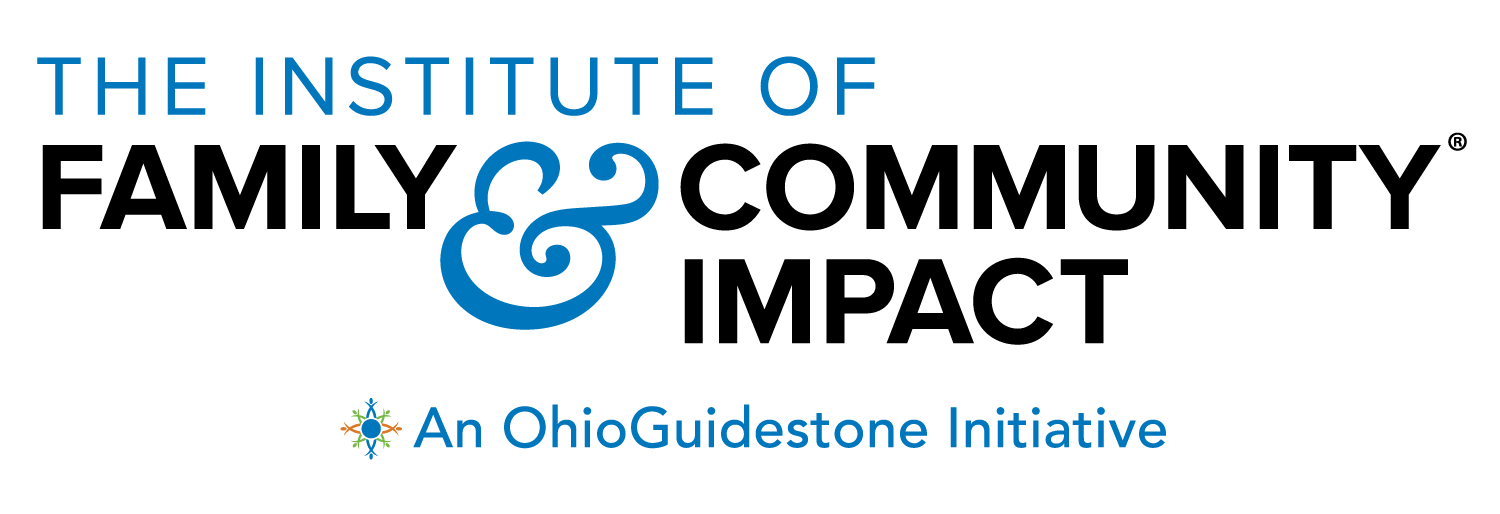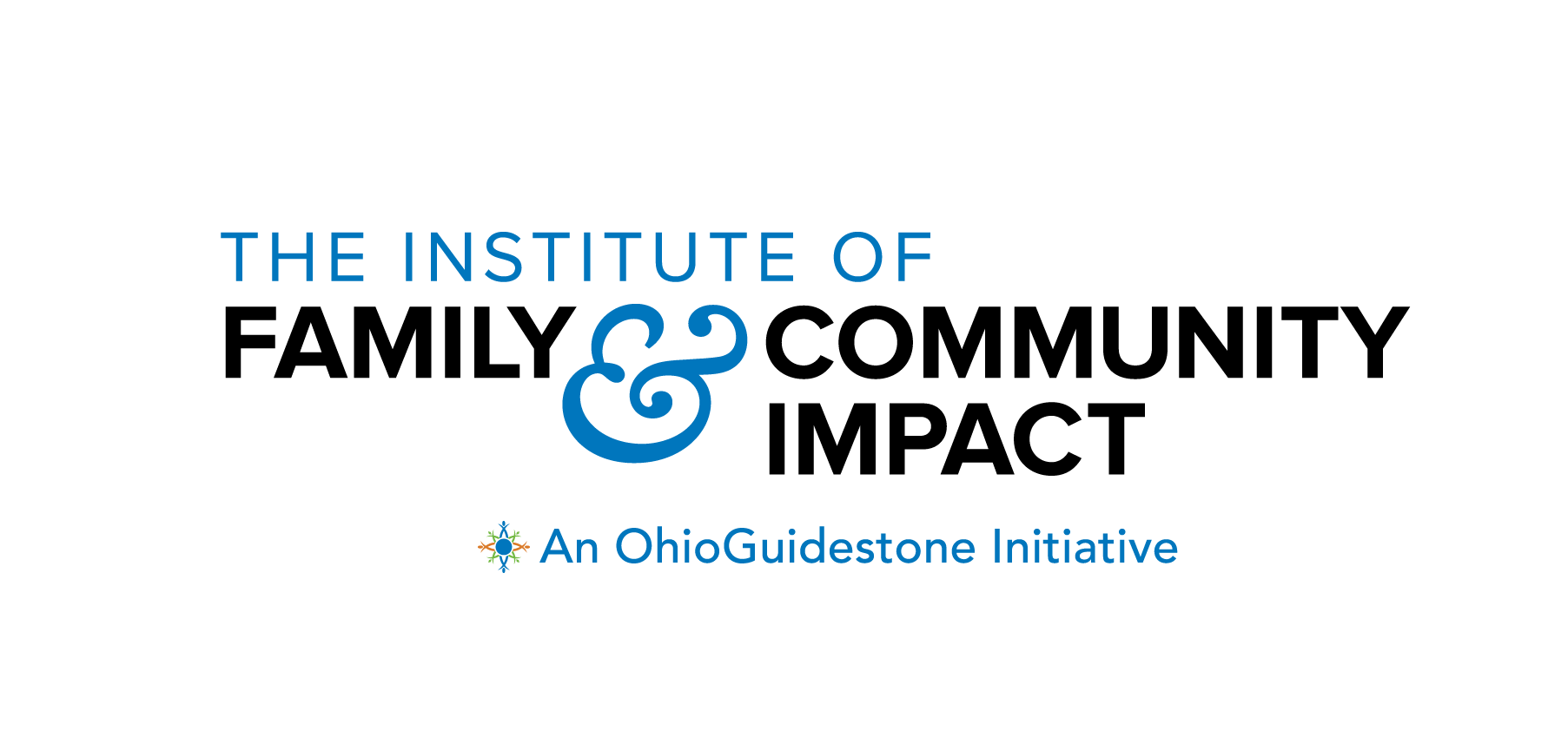
3-Layered Mental Health Stigma – A Proven Barrier to SUD Treatment
Table of Contents
First, What is Mental Health Stigma?

Stigma refers to a negative social attitude linked to specific characteristic(s) of an individual, which are seen as shortcomings in mental, physical, or social aspects. Mental health stigma involves disapproval of characteristics related to one’s mental health and can lead to discrimination, minoritization, and alienation of the individuals’ experiencing stigma at micro (small-scale interactions) and macro (societal and institutional) levels.
Stigma towards individuals with substance use disorders (SUD) and mental illness, can stem from a lack of understanding or fear. These misunderstandings and fear are often exacerbated or initiated by inaccurate and deceptive portrayals in mainstream media that seek to otherize (treat people as intrinsically different than us) individuals with mental illness. According to Mental Health America’s (MHA) 2023 Access to Care Ranking, half of people living with mental illness do not seek treatment. You may be asking “why not?,” the fear of being treated differently or being seen as “less than” can be debilitating and is a reason some avoid or delay seeking treatment.
Stigmatization can be best described as the social process where negative attitudes (stigma) impact the lives of those experiencing it. At OhioGuidestone’s Institute, we know stigmatization and discrimination of people with mental illnesses and substance use disorders is deadly needs to be addressed. As we move on to explore the 3 different types of mental health stigma, please remember that stigma at all levels serve as barriers to treatment.
Although mental health stigma impacts everyone with a mental illness or SUD, mental health stigma impacts minoritized racial and ethnic groups and individuals at higher levels than their white counterparts adding extra barriers to treatment. This is due to historical and current racism and violence perpetuated towards them that white people experiencing similar mental health or substance use disorders do not face.
The 3 Types of Stigma:

1. Structural Stigma
Structural stigma occurs at the macro level through various institutions and power structures and is sometimes referred to as “institutionalized stigma.” Policies, laws, and practices are surface-level examples of how structural stigma is reproduced throughout our society.
- Structural mental health stigma impacts people living with substance use and mental disorders in a variety of harmful ways, but here are some examples for you to explore:
- U.S. Health Care system disparities:
- Research and treatment funding is low for SUDs and mental illness when compared to physical disorders.
- Stigma is perpetuated by healthcare professionals with negative beliefs or attitudes toward people with mental and substance use disorders.
- People with mental and substance use disorders receive lower quality care and limited access to behavioral health treatment and services.
- Criminalization
- There’s a disproportionate representation of people with SUDs and mental illness within the criminal justice system.
- Oftentimes, they also receive poor treatment or even abuse within correction systems. People with mental illness or SUDs are more likely to be given longer sentences, denied parole, and receive sanctions like solitary confinement.
- Institutional policies primarily treat SUDs as a criminal issue rather than a mental health concern.
- Insurance disparities
- Oftentimes they don’t have or have trouble obtaining insurance and for those who do have insurance, coverage for substance use services is often limited.
- De-prioritization, lower funding, and rejection of behavioral health facilities is seen throughout the U.S.
- Inadequate investment in quality behavioral health services reduces accessibility to those seeking services.
- Limited to no access to safe housing or shelter among other basic needs like food.
- When you don’t have a safe place to live, or food in your stomach, treatment is going to be lower on your priority list since survival comes first.
- U.S. Health Care system disparities:

2. Self-Stigma
Self-Stigma occurs when people become aware of public and structural stigma, related discrimination and prejudice and internalize the stigma, applying it to themselves.
- Self-stigma is an extremely dangerous and isolating experience for people with SUDs and mental illnesses. Here are a few examples of how self-stigma impacts individuals when applied to mental health stigma:
- Feeling inferior to others and experiencing shame related to SUD or mental illness.
- Self-stigmatizing thoughts that lower your self-efficacy and self-esteem, making you feel unworthy of opportunities because of your SUD or mental illness.
- Believing you are dangerous or to blame for your mental illness or SUD.
- Experiencing strong feelings of embarrassment, shame, or disappointment about having an SUD or mental illness.

3. Public Stigma
Public stigma refers to stereotypes, discrimination, and prejudice sustained and spread by the general population. Structural stigma amplifies the existence and persistence of public stigma in the form of regulations, laws, and policies that endorse prejudice and discrimination against people with SUDs and mental illness.
- Here are a few examples of public stigma impacts when applied to mental health stigma:
- Social and physical exclusion of people with mental and substance use disorders from the general population.
- Associating mental illness and SUDs with physical diseases, perpetuating alienation, and avoidance as if you could “catch something” or become “infected” by the person with an SUD or mental illness.
- Individual-blame of people with SUDs alienate them from support because of attitudes like “they got themselves into this” or “they chose to use drugs” resulting in a lack of empathy and even sympathy.
Addressing Disparities Women With SUDs Face
Studies have consistently found a gender-related connection between trauma and substance use disorder in women. Women often show a faster increase in substance consumption after their initial use, leading to intensified negative social and physical health impacts in a shorter period of time than men who use substances.
Although our article today is about general mental health stigma and how it impacts the overall population of people who use substances, we plan in the future to further dive into the specific experiences of women with SUDs as a minoritized social group.
Social factors like homelessness and poverty, along with physical and mental health issues, act as barriers for women to access treatment for SUD at a higher rate than they do for men with SUDs. As a result, only 1 out of every 5 individuals in SUD treatment is assigned female at birth. Although, extensive research has not been done on the specific mental health stigma faced by women with SUDs, this statistic reveals a need for public health researchers and professionals to identify and then respond to the unique stigmatization faced by women with SUDs.
Possible Solutions for Addressing Mental Health Stigma

- Altering our language to be non-stigmatizing.
- Gender-specific SUD treatment programs.
- Culturally competent and responsive trauma-informed training for all healthcare providers surrounding mental and substance use disorders.
- Expanding SUD treatment insurance coverage.
- Establishing a comprehensive support network (i.e., transportation, childcare)
- Eliminating harmful policies that create barriers for people with SUDs and mental illnesses.
Reduce Mental Health Stigma With Words!
Mental health stigma towards substance use and mental health conditions is a barrier to help-seeking behavior. Our language matters. When exploring mental illness and substance use disorders, we need to avoid eliciting individual blame or negative associations with the individuals or groups we are talking about or treating. We quickly explore in our table below 3 “Do’s” and “Do not’s” for behavioral health professionals, and the general public. Remember: People who use substances are people first, and have a right to safety and empathy in the same ways people who do not use substances do.
Using clinically accurate, non-stigmatizing language must be prioritized in the behavioral health field to provide holistic, culturally responsive and empathetic care to our clients and to generally support whole community-health. Using language like the examples below in the do not column can negatively portray the person themselves as being “the problem” having negative consequences such as individual blame or self-stigma. Terms like “abuse” have a high negative connotation to them and an association to punishment and judgment. Avoiding phrases like those listed below in “do not” and implementing the “Do” examples can help to reduce mental health stigma.
Language Matters! IFCI SUD Mental Health Stigma “Do” and “Do not” Table
| Do | Do not |
|---|---|
| Do always use person-first language to highlight the individual rather than their condition: “Person with Substance Use Disorder” or “Addiction” if clinically accurate. | Do not use terms like “substance abuser,” “drug abuser,” “addict,” “junkie,” and “user.” |
| Do always replace words like “clean” (person) with “person in recovery | Do not use terms like “clean” or “dirty” to describe people or toxicology results |
| Do replace words like “clean” or “dirty” (toxicology results) with “negative” or “positive” toxicology results. | Do not use terms like “refused” and “non-compliant” replace with “chose not to at this point” |
Related Resources
If you or someone you know is seeking mental health and substance use support please fill out OhioGuidestone’s Request Services form. For general resources, visit our resources page.
Mental Health Stigma Research Citation List:
- Access to care data 2023. (2023). Mental Health America. https://mhanational.org/issues/2023/mental-health-america-access-care-data
- American Psychological Association. (2018). APA Dictionary of Psychology. American Psychological Association. https://dictionary.apa.org/stigma
- Carter-Orbke, M. E., Henry-Okafor, Q., & Moore, G. (2023). Trauma and Substance Use Disorder: Breaking the cycle in women. https://doi.org/10.1016/j.nurpra.2023.104853
- Change your language to help fight addiction stigma. (n.d.). https://www.shatterproof.org/our-work/ending-addiction-stigma/change-your-language
- Cloud, D. H., Drucker, E., Browne, A., & Parsons, J. (2015). Public health and solitary confinement in the United States. American Journal of Public Health, 105(1), 18–26. https://doi.org/10.2105/ajph.2014.302205
- Committee on the Science of Changing Behavioral Health Social Norms. (2016). Understanding stigma of mental and substance use disorders. Ending Discrimination Against People with Mental and Substance Use Disorders: The Evidence for Stigma Change. https://www.ncbi.nlm.nih.gov/books/NBK384923/
- Fellner, J. (2023). Callous and cruel. In Human Rights Watch. https://www.hrw.org/report/2015/05/12/callous-and-cruel/use-force-against-inmates-mental-disabilities-us-jails-and
- Mcleod, S., PhD. (2023). Prejudice vs. Discrimination In Psychology. Simply Psychology. https://www.simplypsychology.org/prejudice.html
- Parcesepe, A. M., & Cabassa, L. J. (2013). Public stigma of mental illness in the United States: a systematic literature review. Administration and policy in mental health, 40(5), 384–399. https://doi.org/10.1007/s10488-012-0430-z
- Yanos, P. T., DeLuca, J. S., Roe, D., & Lysaker, P. H. (2020). The impact of illness identity on recovery from severe mental illness: A review of the evidence. Psychiatry Research, 288, 112950. https://doi.org/10.1016/j.psychres.2020.112950
- Zhang, B., Hu, Y., Fang, Z., Wen, F., Dang, J., & Zawisza, M. (2023). Editorial: The psychological process of stereotyping: Content, forming, internalizing, mechanisms, effects, and interventions. Frontiers in Psychology, 13. https://doi.org/10.3389/fpsyg.2022.1117901

Payten Kleinhenz
Payten Kleinhenz B.S., CDCA is a Behavioral Health Specialist IV at OhioGuidestone. As a former Research Analyst at the Institute of Family and Community Impact, she helped lead applied clinical science & research communications. She authored department written content such as newsletters and reports, social media posts, and articles by prioritizing evidence-based, research-backed writing and reader accessibility. She also managed research data through data collection, entry and storage. Payten graduated with a B.S. in Sociology from Western Carolina University in May 2022. Her sociological background drives her passion for dismantling systemic and structural barriers. Payten’s primary research and professional areas of interests include substance use disorders, and family/social ties in the context of power relations and structures.


